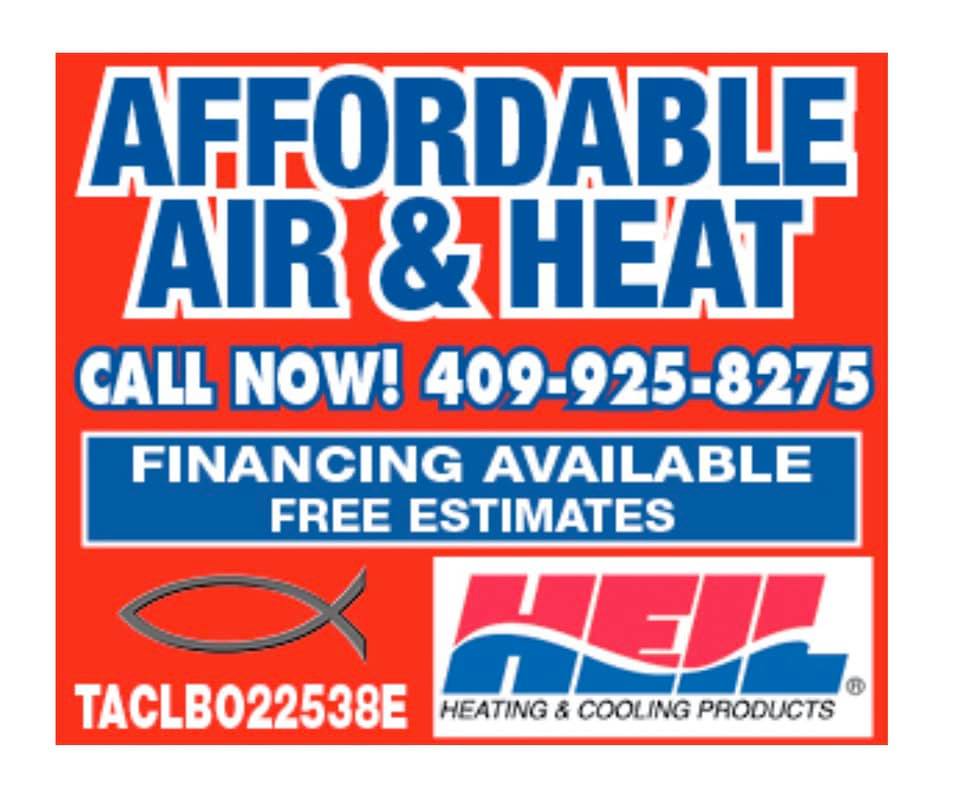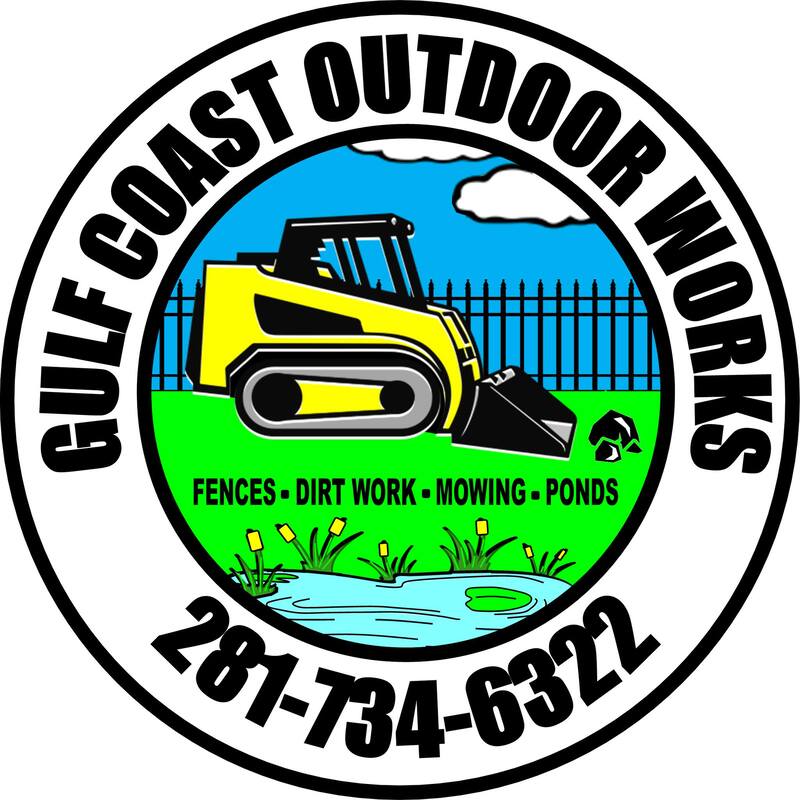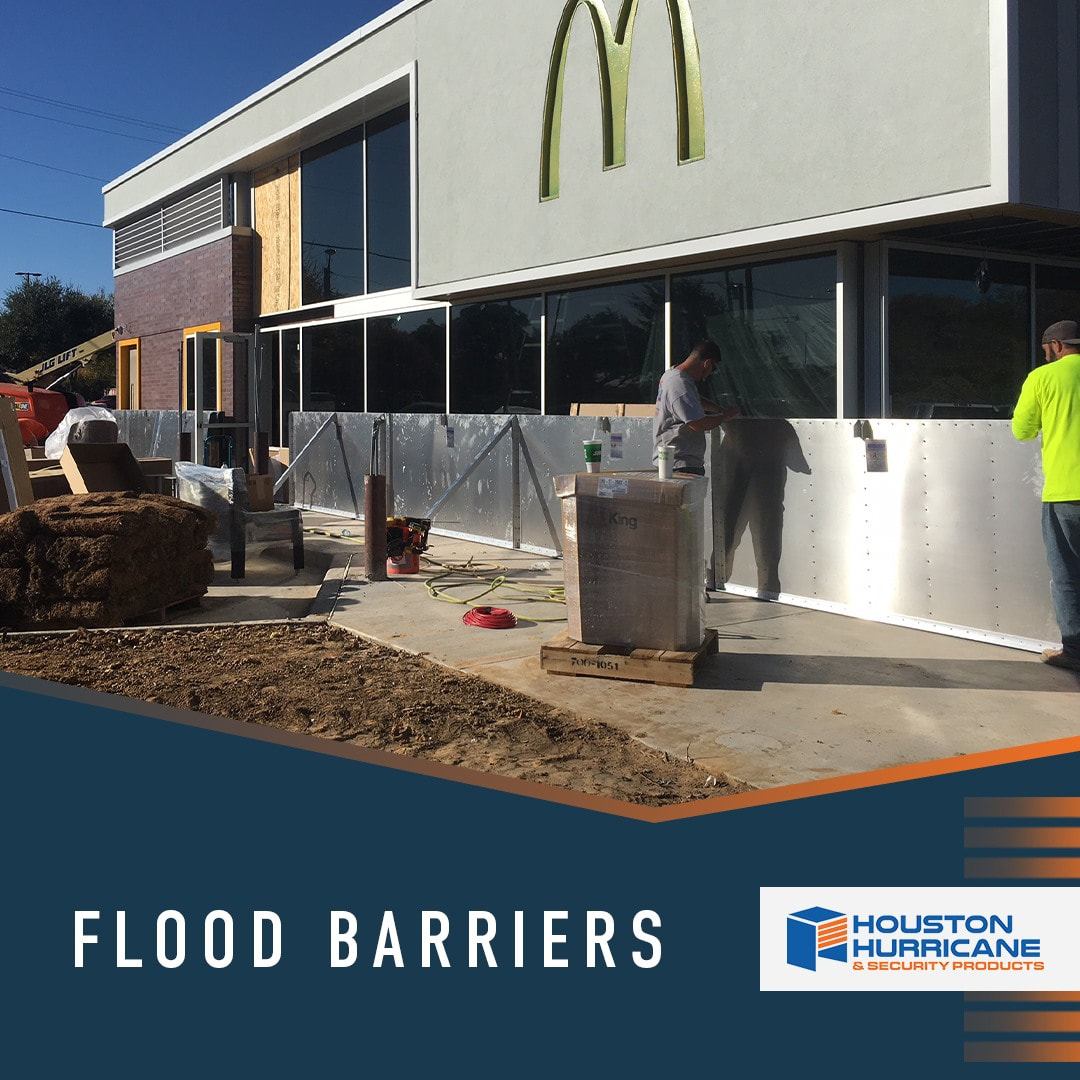|
With the major storms that have blown through Galveston county over the years, your fence might have some damage.
Texas weather is unpredictable even on a good day, and occasionally with these larger storms, we’ve been getting they can cause serious damage to your home or yard. Types of Fence Damage We Can Repair Fence damage doesn’t always just mean the wood has broken in a couple of places, there are various different issues that can occur that we’re prepared to handle for you, and that’s important when it comes to insurance covering your repairs. The following major damages are also often covered by your homeowner’s insurance, which means you wouldn’t have to pay a dime to have them fixed: - Wind damage from severe storms - Hail damage from severe storms - A tree from your property fell on your fence - A tree from your neighbor’s property fell on your fence Any sort of damage to your fence that is caused by natural disasters like hailstorms, strong winds, hurricanes, or even tornadoes is most often covered by your insurance. This allows you to avoid paying for unexpected disasters that simply couldn’t be avoided. Gulf Coast Outdoor Works has been in business for many hurricane seasons and you can trust us to get your fence repairs done right! Don’t let contractors swindle you into paying for your repairs, Gulf Coast Outdoor Works will save you money and have your fence looking better than ever! Give us a call at 281-734-6388
1 Comment
1. Protect your windows and doors.
Whether with impact-resistant glass or shutters, protecting doors and windows against high winds and flying debris is imperative. Hurricane-force winds can hurl objects that act like bullets. Consider installing shutters or providing a system, such as a track, to easily install shutters in case of an approaching storm. Although the shutter wouldn’t be a permanent fixture on the exterior of your home, the track or other fastening hardware would be. So make sure the hardware is integrated with any other exterior improvements you plan to make. 2. Keep your landscape free of debris. Prune trees and remove dead branches well before the hurricane shows up. Also remove any patio furniture and other loose items outside that can get blown around. 3. Design for uplift. Hurricane-force winds can pull buildings apart. Roof structures are particularly prone to being sent flying, a danger to everyone and everything around. So using the correct, and in many places code-mandated, construction fastening system is a must. From tie-downs to lateral anchors, from hold-downs to embedded connectors, the choice of fastener will vary by location and type of construction. 4. Mind the door. Garage doors are real weak spots for hurricane-force winds. If the door gives way, the winds can enter the house and cause the roof to be torn off. Prevent this by making sure the garage door is installed to withstand these forces or brace an existing door to prevent its giving way. 5. Let the water flow. While you should always keep your gutters and downspouts clean, it’s particularly important to make sure nothing blocks flowing water during a storm. Let’s face it, the water will want to go somewhere. If it’s not down and away, it’ll be in your roof and attic. Conduct a visual inspection of your gutters and downspouts to be sure nothing blocks the flow of water from your roof and away from your home. 6. Take a "belt and suspenders" approach. Try to keep your basement or crawl space dry with a more-than-basic drainage and sump pump system. Create redundancy in the system with two drain tile layers as well as battery backup, or better yet, have sump pumps backed with emergency power. 7. Keep the power on. While you and your home hopefully will weather the storm, the power grid likely won't. Having a standby generator to produce electrical power can't be beat. While you can install a whole-house system, you don't have to. If the generator is smaller and keeps only the essentials going, you'll be able to withstand the storm's after effects that much better. Bear in mind that a running generator can be quite noisy. So local building and zoning codes will have an influence on where it can be placed. Make sure you follow these rules and place the generator in a location that won't drive you or your neighbors crazy when it's running. 8. Keep basic supplies on hand. Keep on hand at least a three-day supply of items such as candles, batteries, potable water, foods that don’t require refrigeration. Put together an emergency kit as recommended by the Federal Emergency Management Agency well in advance of any storm. 9. Keep the lines open. While we all have cell phones, and landlines are going the way of the dodo, there's nothing like having that old-school phone available in a power outage. Being able to contact friends and family to let them know you're safe is well worth keeping one of these working "antiques" around. 10. Keep up to date. Stay in touch with the outside world with a battery-powered radio or television. Just make sure to have plenty of the correct size batteries on hand. 11. Keep your head above water. For new homes in some coastal areas, building codes require that the structure be raised. While garages and storage spaces can be placed at the ground floors of these homes, the construction should be such that the structure doesn’t block a storm surge. Tell us in the Comments: How do you get ready for storms? Before a hurricane.
Before a hurricane hits, make sure that your air conditioning unit is shut off. This prevents severe damage to your HVAC equipment due to erratic power interruptions. When the power gets interrupted, it puts pressure on your compressor and other components of your heating and cooling unit. If you leave your AC on during a hurricane, you might need to replace or repair it if it gets damaged, regardless of whether it’s new or not. During a hurricane. Make sure to watch out for lightning in this situation. Lightning can cause power surges that will damage your HVAC system and other appliances. Some of these damages include burnt wires, blown fuses, burnt capacitors and fried compressors. If you think you have a damaged HVAC unit, make sure that your unit is inspected by your local HVAC contractor. After a hurricane. Once the weather calms down, turn your AC unit on immediately to prevent mold and bacteria from forming in your ducts. However, if you think it’s been compromised, make sure that your unit is checked by a professional so that they can assess its true condition. If you’re looking for a trustworthy residential and commercial HVAC specialist, Affordable Air & Heat LLC is the name you can count on. We strive to provide exceptional workmanship and outstanding customer service to all our clients. We’ll always do our best to get the job done right the first time around. You can reach us at (409)925-8275 or fill out our convenient, Don’t hesitate to contact us today! Everyone sees the destruction that hurricanes can cause to streets, cars, and the exteriors of commercial buildings and homes. What many overlook is the hidden damage such as cracked pipes. We’re highlighting key ways to keep your properties protected from extensive plumbing damage during the hurricane season 4 Common Pre-Hurricane Preparedness Actions and Post-Hurricane Plumbing Repairs
Something Doesn’t Seem Right – Safety First If something doesn’t seem right make sure you call a professional. Be safe when entering your home after a hurricane. There are many things to deal with after a hurricane hits. Make sure when it comes to dealing with post-hurricane plumbing issues, you hire professionals you can trust. Contact On The Way with all your Pre and Post Hurricane plumbing questions. Clean-up after a natural disaster is an emotional, time-consuming task.
It can also be extremely dangerous: storm clean-up requires specific supplies, techniques, and products to clean up safely and effectively. Amidst the wreckage and debris, it can be challenging for residents to know where to start. At Duane's junk removal LLC, we’ve been on the front lines of several natural disasters. Over the years, we’ve seen homes flooded, buildings destroyed and ruin of all kinds. As experts in clean-up and junk removal, we feel it’s our duty to provide on-the-ground aid to affected residents. Make safety a priority when proceeding with hurricane debris removal In challenging times, we want to do our part to make your clean-up as easy as possible. Here are our tips for safe and effective clean-up after a natural disaster or oncoming winter storms. 1. Check your environment Before you start any post-disaster clean-up, you need to make sure your environment is safe. When re-entering your home, be cautious and aware of the conditions. Is there potential water or structural damage? Are electrical appliances wet? Can you smell gas or other chemicals? If so, call the appropriate authority: an inspector, electrician or other government body. Do not enter the building until it has been cleared by a professional. Once you’ve determined your home is safe, you can start clearing out debris. 2. Protect yourself with the proper gear Disasters create all kinds of debris and you need to prepare accordingly. It’s a dirty job so regardless of what you’re cleaning up, wear old clothing and gloves to protect yourself. Take extra precautions when handling potentially dangerous items (like propane tanks, car batteries, electrical equipment, or sewage). Use appropriate gear, such as gloves, face masks, boots, and goggles. If you need to operate a chainsaw to remove fallen trees or branches, always follow the manufacturer's instructions, and wear protective clothing, earplugs and safety goggles. Make sure that any bystanders are safely out of the way. 3. Don’t try to do it alone The debris created by natural disasters is often heavy and difficult to dispose of. If you try to move larger items (like fridges, dishwashers, concrete or fallen trees) alone, you could seriously hurt yourself. Ask family, friends, or even your neighbors for help, and always work in teams. Be aware that certain items can be especially dangerous if handled incorrectly. Damaged fridges may leak Freon, electrical appliances can short-circuit, and some things may be too heavy to remove on your own. In these cases, always call a professional service. 4. Pace yourself In disasters of this magnitude, clean-up can take weeks or even months. While it’s important to act fast (particularly for hazardous or water-damaged materials), you won’t be able to do it all in one go. Start with the most important things and take breaks when needed. Work together with family and neighbors so you feel safe and supported. This is already a stressful and emotional time; pace yourself so you don’t get overwhelmed. 5. Have a disposal plan There’s no way to fully prepare for the effects of a natural disaster. But planning ahead can alleviate some of the stress during hurricane clean-up. Create a list of who to call to dispose of certain items. In most cases, local governments offer debris removal free of charge, as long as you’ve categorized your waste and placed it on the curb. Disaster clean-up is hard work but you’re not in this alone. If you need extra help, check in with Duane's junk removal LLC? They’re trained professionals with years of experience in junk removal and disaster clean-up. As you work to recover and rebuild, they can help you do it safely. HURRICANE SEASON ROOF PREP
Use our guide to prepare your roof for the 2022 hurricane season with regular inspections, additional support, and specially designed roofing materials. Is Your Roof Ready for Hurricane Season? Spring is often the start of outdoor projects for many homeowners. Pruning, mulching, planting, and tidying up flower beds are basic early chores, and maintenance tasks like re-staining decks and replacing edging quickly follow. Homeowners that live along the Atlantic, Gulf of Mexico and Pacific coastlines also need to safeguard their home and outdoor areas for the upcoming hurricane season. What Causes Hurricanes?Hurricanes are formed when humid tropical air rises in an area of low pressure over the sun-warmed ocean. The moist air is heavy with evaporated water, and once it reaches higher elevations, it condensates into clouds. The clouds grow and form thunderstorms, some reforming again and again. Eventually, the whole mass of clouds and winds starts to rotate due to the earth’s spin around a central core. Storm winds can be clockwise or counterclockwise, depending on whether the system is north or south of the equator. Hurricanes will continue to strengthen if they can feed on warm moist ocean waters. Once they move into cooler regions or over land, they typically start to weaken. The National Oceanic and Atmospheric Administration categorize storms by their wind speed. Category 1 hurricanes have sustained wind speeds at or greater than 74 miles per hour. Hurricanes in category 5 can have sustained winds over 157 miles per hour and cause catastrophic damage. Hurricane SafetyWhile hurricanes are a fact of life for homeowners living near or on the ocean, there are several strategies you can take to safeguard your home and family.
Should your home experience torn-off shingles, you run the risk of water infiltrating through the roof deck and into your walls and ceilings. Fortunately, there are plenty of things you can do ahead of time to make sure your home’s roof is ready for hurricane season. Arrange for a Pre-Season InspectionYour home’s roof will have a better chance of making it through a severe storm unscathed if you take care of problem areas before bad weather arrives. Schedule a roof inspection prior to hurricane season to check for loose or cracked shingles and damaged flashing. This is also a good time to discuss ways to shore up your roof in case of strong winds. Provide Added SupportIf you live in a region that’s prone to hurricanes, you might want to reinforce your roof’s frame. A professional roofing contractor can explain the pros and cons of various roof strengthening methods, such as:
Wind gusts can also carry objects, from tree branches to lawn furniture, turning them into projectiles that can damage shingles and tear off flashing. Look into these roofing solutions to help prepare for the upcoming 2022 hurricane season.
Check into Potential Insurance DiscountsHomeowners who are proactive in protecting their homes may benefit from insurance discounts. Some states even require insurance providers to offer discounts to homeowners who observe hurricane-related building codes. Depending upon your insurance carrier, you may need to schedule a wind mitigation inspection. During this assessment, a certified inspector will determine how well your home can potentially withstand strong winds. They’ll look at the siding, windows, doors (especially the garage doors), and, of course, the roof. If your home’s roof is starting to show signs of wear and tear or you would like a pre-hurricane season inspection, consult with an independent roofing contractor. They can discuss the benefits of repair vs. a total roof replacement and advise you on hurricane prevention strategies for your roof. Call Richie Allen of Reliable Roofing Houston Hurricane & Security
we have one goal and that is to keep you and your family safe and protected. Whether you need storm protection or security for your home or business, Houston Hurricane is here to help. Phone: 281-937-2909 | Fax: 832-201-8958 frank@houstonhurricane.com 5102 TX-3 Dickinson TX 77539 Mon-Fri: 8:00 am-5:00 pm | Sat-Sun: Closed #galvestoncounty #smallbusiness #tacos #shoplocal #eatlocal #community #friends #mycuprunnethover #blessed #getoutandvote Reliable Roofing
Are you needing a Reliable Roofer? Contact Richie Allen www.reliableroofingandsheetmetal.com (832) 535-7325 FREE ESTIMATES!!! #galvestoncounty #smallbusiness #tacos #shoplocal #roofinglocal #community #roofers #reliableroofing #richieallen #supportlocal #friends #mycuprunnethover #blessed #getoutandvote On Tthe Way
Ronnie Bedard We proudly serve our community with top-quality plumbing, electrical, and HVAC services in Santa Fe, TX. With the experienced team at On The Way handling your needs, you can sit back and relax knowing that all your repairs will be done quickly and efficiently. We pride ourselves on a high standard of excellence, over 20 years of experience, and a long list of happy customers. Every day, we keep the Santa Fe and Galveston County community happy and safe with our repairs and services. Schedule service with us today! www.onthewayprossantafe.com onthewaypros@yahoo.com (409) 945-7202 The U.S. Department of Labor’s Occupational Safety and Health Administration (OSHA) and Department of Health and Human Services Centers for Disease Control and Prevention (CDC) have issued safety information pages on appropriate hurricane safety measures.
The potential for fatal accidents involving electrocution from power lines, as well as serious injuries associated with cleanup and recovery efforts for workers and the public can be avoided by observing appropriate safety and health precautions while performing cleanup and utility restoration operations. This includes coordination with control centers responsible for power circuits so that workers do not enter areas where there are live wires. Information on avoiding hazards and safely cleaning up after a hurricane is available on the OSHA and CDC websites to help workers who are involved in recovery and restoration efforts. Common hazards include:
Cleanup work of any kind is hazardous, but flood conditions make it even more so. Following the procedures listed below should help improve your safety while cleaning up. Health Tips Take frequent rest breaks when lifting heavy, water-laden objects. Avoid overexertion and practice good lifting techniques. To help prevent injury, use teams of two or more to move bulky objects. You should avoid lifting any materials that weigh more than 50 pounds per person and you should use proper automated lifting assistance devices if practical. When working in hot/sunny environments, have plenty of drinking water available, use sunscreen and take frequent rest breaks. Wear light-colored, loose-fitting clothing. Be sure that a first-aid kit is available to disinfect any cuts or abrasions. Protect open cuts and abrasions with waterproof gloves or dressings. You should wash your hands often during the day, especially before smoking, eating, drinking or applying cosmetics. General Precautions
Always wear watertight boots with steel toe and insole, gloves, long pants and safety glasses during cleanup operations. Sneakers should not be worn because they will not prevent punctures, bites or crush injuries. Wear a hard hat if there is any danger of falling debris. Wear a NIOSH-approved respirator if working with moldy building materials or vegetable matter (hay, stored grain or compost). When handling bleach or other chemicals, follow the directions on the package; wear eye, hand and face protection as appropriate; and have plenty of clean water available for eyewash and other first-aid treatments. Electrical Hazards Do not touch downed power lines or any object or water that is in contact with such lines. Treat all power lines as energized until you are certain that the lines have been de-energized. Beware of overhead and underground lines when clearing debris. Extreme caution is necessary when moving ladders and other equipment near overhead power lines to avoid inadvertent contact. If damage to an electrical system is suspected (e.g., if the wiring has been under water, you can smell burning insulation, wires are visibly frayed, or you see sparks), turn off the electrical system in the building and follow lock-out/tag-out procedures before beginning work. Do not turn the power back on until electrical equipment has been inspected by a qualified electrician. When using a generator, be sure that the main circuit breaker is off and locked out prior to starting the generator. This will prevent inadvertently energized power lines from back feed electrical energy from generators and help protect utility line workers from possible electrocution. Be aware that de-energized power lines may become energized by a secondary power source such as a portable backup generator. Any electrical equipment, including extension cords, used in wet environments must be marked, as appropriate, for use in wet locations and must be undamaged. Be sure that all connections are out of water. All cord-connected, electrically operated tools and equipment must be grounded or double insulated. Ground-fault circuit interrupters (GFCIs) must be used in all wet locations. Portable GFCIs can be purchased at hardware stores. Fire Protection Immediately evacuate any building that has a gas leak until the leak is controlled and the area is ventilated. Be sure an adequate number of multi-rated fire extinguishers are available and re-evaluate the fire evacuation plan. Be sure all fire exits are clear of debris and sandbags. Flood Cleanup Flooding can disrupt water purification and sewage disposal systems, overflowing of toxic waste sites, and dislodgement of chemicals previously stored above ground. Although most floods do not cause serious outbreaks of infectious disease or chemical poisonings, they can cause sickness in workers and others who come into contact with contaminated floodwater. In addition, flooded areas may contain electrical or fire hazards connected with downed power lines. Floodwater Floodwater often contains infectious organisms, including intestinal bacteria, such as E. coli, salmonella and shigella; hepatitis A virus; and agents of typhoid, paratyphoid and tetanus. The signs and symptoms experienced by the victims of waterborne microorganisms are similar, even though they are caused by different pathogens. These symptoms include nausea, vomiting, diarrhea, abdominal cramps, muscle aches and fever. Most cases of sickness associated with flood conditions are brought about by ingesting contaminated food or water. Tetanus, however, can be acquired from contaminated soil or water entering broken areas of the skin, such as cuts, abrasions or puncture wounds. Tetanus is an infectious disease that affects the nervous system and causes severe muscle spasms, known as lockjaw. The symptoms may appear weeks after exposure and may begin as a headache, but later develop into difficulty swallowing or opening the jaw. Floodwaters also may be contaminated by agricultural or industrial chemicals or by hazardous agents present at flooded hazardous waste sites. Flood cleanup crew members that must work near flooded industrial sites also may be exposed to chemically contaminated floodwater. Although different chemicals cause different health effects, the signs and symptoms most frequently associated with chemical poisoning are headaches, skin rashes, dizziness, nausea, excitability, weakness and fatigue. Pools of standing or stagnant water become breeding grounds for mosquitoes, increasing the risk of encephalitis, West Nile virus or other mosquito-borne diseases. The presence of displaced wild and domesticated animals in populated areas increases the risk of diseases caused by animal bites (e.g., rabies) as well as diseases carried by fleas and ticks. Other displaced creatures may be present such as insects/spiders and reptiles/snakes. Be watchful for these and take necessary precautions to stay away from them. Protect Yourself After a major flood, it is often difficult to maintain good hygiene during cleanup operations. To avoid waterborne disease, it is important to wash your hands with soap and clean running water, especially before work breaks, meal breaks, and at the end of the work shift. Workers should assume that any water in flooded or surrounding areas is not safe unless the local or state authorities have specifically declared it to be safe. If no safe water supply is available for washing, use bottled water, water that has been boiled for at least 10 minutes or chemically disinfected water. To disinfect water, use five drops of liquid household bleach to each gallon of water, and let it sit for at least 30 minutes. These methods will kill most pathogens but will not remove hazardous chemicals. If water is not available, use alcohol-based products made for washing hands. Water storage containers should be rinsed periodically with a household bleach solution. Remember that a building’s own water systems can become contaminated in a flood. Hot water heaters, circulating pumps or other water system openings can become contaminated with floodwaters. When this occurs, building drinking water may not be safe even though the local water supply has been cleared for consumption. Building water should be flushed and tested for the same chemical and biological contaminants that are tested in public water supplies. Testing should include Legionella bacteria, which can proliferate in hot water systems. Water tests should be collected at multiple locations so distribution piping is included. If water is suspected of being contaminated with hazardous chemicals, cleanup workers may need to wear special chemical protective outer clothing and goggles. Before entering a contaminated area that has been flooded, you should use plastic or rubber gloves, boots and other protective clothing needed to avoid contact with floodwater. Decrease the risk of mosquito and other insect bites by wearing long-sleeved shirts, long pants and by using insect repellents. Wash your hands with soap and water that has been boiled or disinfected before preparing or eating foods, after using the bathroom, after participating in flood cleanup activities, and after handling articles contaminated by floodwaters. What to do if Symptoms Develop If a cleanup worker experiences any of the signs or symptoms listed above, appropriate first-aid treatment and medical advice should be sought. If the skin is broken, particularly with a puncture wound or a wound in contact with potentially contaminated material, a tetanus vaccination may be needed if it has been five years or more since the individual’s last tetanus shot. Tips to Remember
There are many different kinds of fungi, including mildew, molds, rusts and yeasts. Most of these are harmless, but some can cause respiratory and other disorders when workers inhale or come into contact with fungi. Inhalation is the route of exposure of most concern to flood cleanup workers. When buildings are exposed to water infiltration, fungi will grow on any surface, which is a good nutrient. Good nutrients include a wide variety of common building materials like drywall ceiling tiles, wood and carpet. If cleanup begins within 48 hours following water impact, there is minimal risk from fungi exposure. After 48 hours, mold growth will occur and proliferate as long as there are nutrients and wet conditions. In a flood situation, this is especially a problem since we are often without power for an extended period of time. If there is extensive visible mold growth (greater than 1000 square feet of building material) consideration should be given to obtaining professional assistance. A mold specialist will design a cleanup plan to address a building's specific needs. A mold remediation design will specify the scope and methodology. A properly executed remediation will offer the following benefits:
What to do if Symptoms DevelopIf a cleanup worker experiences severe allergic or skin symptoms or severe flu-like symptoms, he or she should seek medical advice. A health care provider can determine whether medication or any other precautions are necessary. FallsAfter a hurricane, danger often remains. Falls from unstable working surfaces and ladders, and falling objects pose a significant danger to recovery workers. Fall protection is required for those working six feet or more above the ground. |
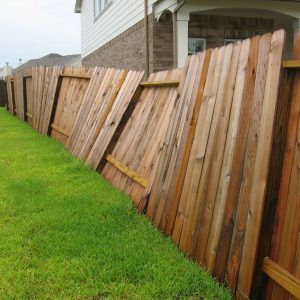

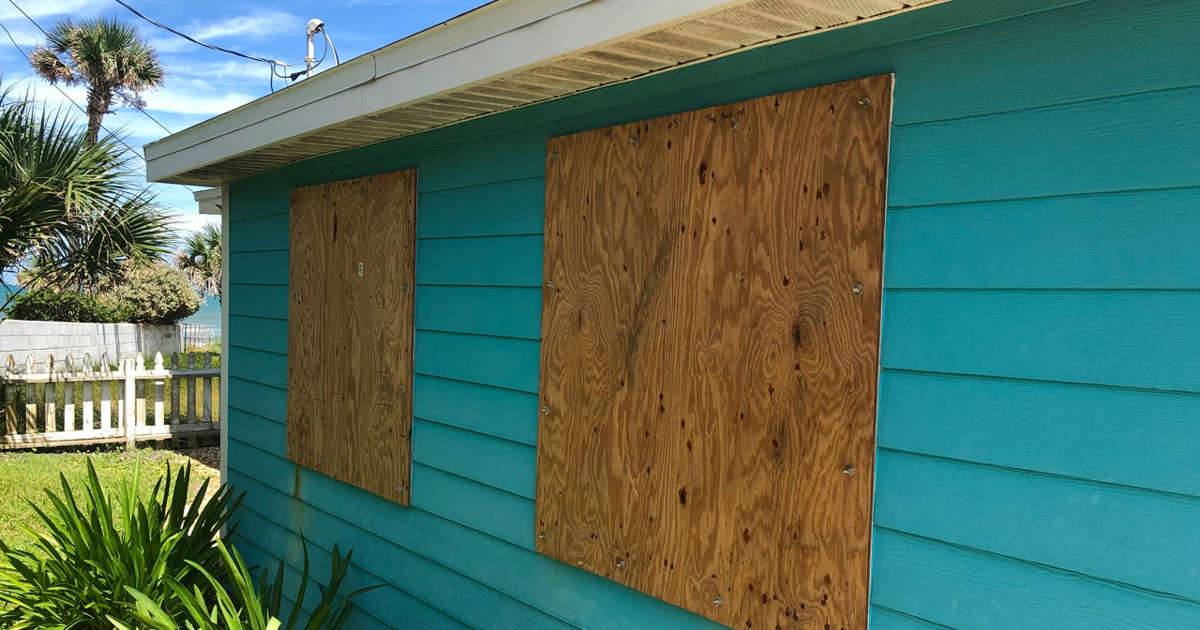
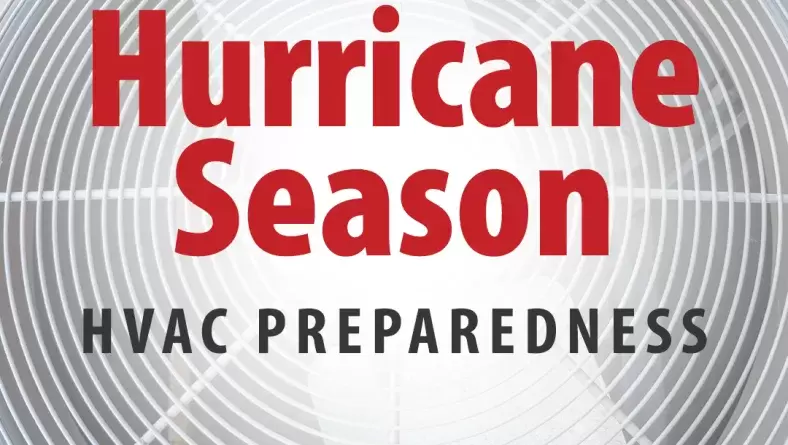

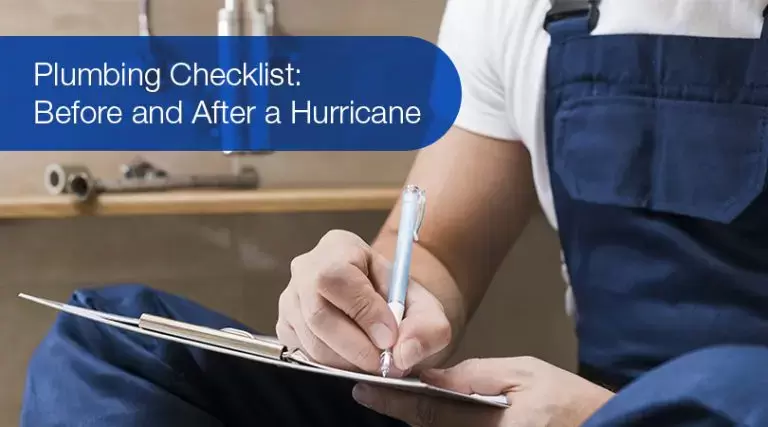

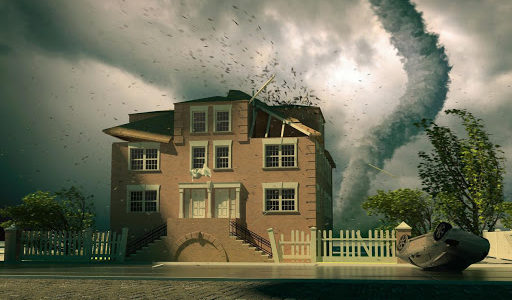

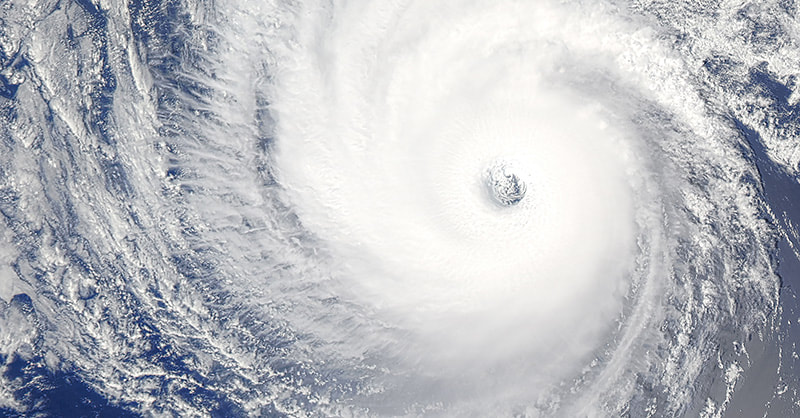
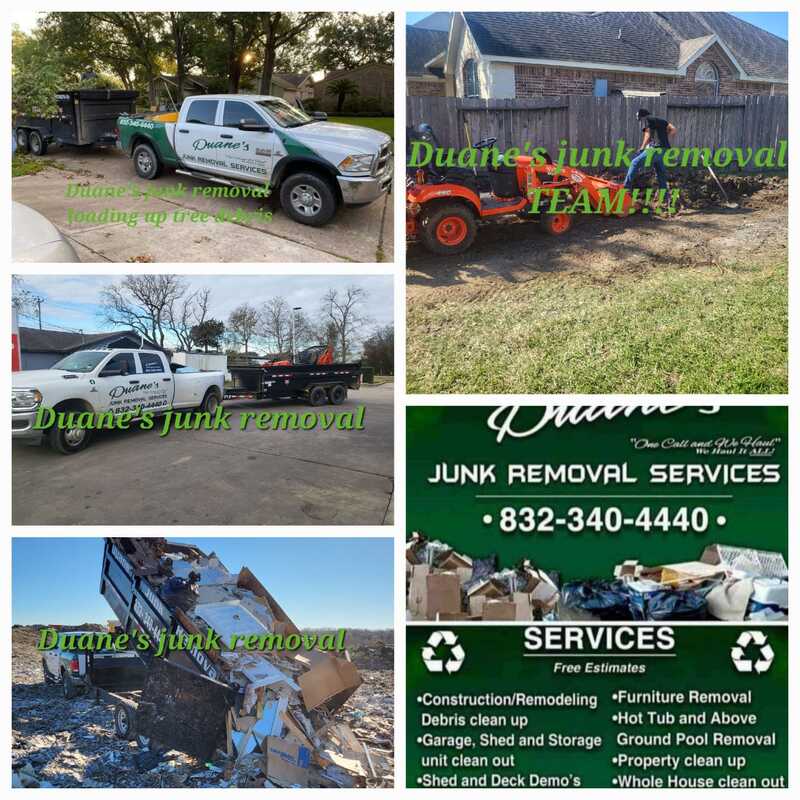
 RSS Feed
RSS Feed

